Tiril Hasselknippe, Play. Video: Erik Sæter Jørgensen.
In the exhibition Play, Tiril Hasselknippe questions our sense of reality, both as individuals and as a society.
Kunsthall Stavanger’s main gallery is dedicated to the Stavanger-based artist’s first solo show in the city. Hasselknippe, who has won critical acclaim both nationally and internationally, is specifically known for her sophisticated and intricate treatment of sculpture as material.
Play is a continuation of Hasselknippe’s exploration of cosmic questions, alternative and parallel realities - inspired in part by science fiction. The exhibition consists of an enveloping installation in a dark room, with luminescent, variously sized arches – or portals - installed at different heights. The work is accompanied by a soundtrack made by the artist on a waterphone, an instrument that is frequently used in science fiction and horror movies. The size and materiality of the arches refer to something bodily, such as
In the exhibition Play, Tiril Hasselknippe questions our sense of reality, both as individuals and as a society.
Kunsthall Stavanger’s main gallery is dedicated to the Stavanger-based artist’s first solo show in the city. Hasselknippe, who has won critical acclaim both nationally and internationally, is specifically known for her sophisticated and intricate treatment of sculpture as material.
Play is a continuation of Hasselknippe’s exploration of cosmic questions, alternative and parallel realities - inspired in part by science fiction. The exhibition consists of an enveloping installation in a dark room, with luminescent, variously sized arches – or portals - installed at different heights. The work is accompanied by a soundtrack made by the artist on a waterphone, an instrument that is frequently used in science fiction and horror movies. The size and materiality of the arches refer to something bodily, such as muscle fibres and nerves.
Hasselknippe has always been fascinated and inspired by science fiction. In her works, we experience allusions to or slightly distorted imitations of the visual universe we associate with the genre. In Play, she takes a close look at wormholes – hypothetical shortcuts between different dimensions or times. Parallel universes have been the theme of several sci-fi films and works of fiction, from Ursula K. Le Guin’s books to the movie Sliding Doors (1998), where the idea of “what if …?” is explored on both societal and individual levels. Hasselknippe has been especially interested in examining the concept of temporal folds, where wormholes are seen as shortcuts from one fold of the universe to another. Visually, such folds may resemble a portal placed on its side. Visitors to the exhibition encounter these folds in a physical sense as the portals enclose them.
Hasselknippe is particularly intrigued by our individual perception of reality and the ways in which we experience it based on our different physical abilities. This is closely linked to the artist’s own insights from living with the chronic illness fibromyalgia, where pain and mental fogginess are parts of both her everyday life and artistic work. The artist describes such mental confusion as exercises in trying to hold on to language and trains of thought, as well as loss of personal memories and knowledge. The portals in the exhibition can such be seen not only as moments and choices in life that we identify as being critical to our current situation, but also as fragments from the artist’s broken thought patterns. Here, Hasselknippe manifests the inner visualisation of her chronic illness, while simultaneously showing the outcomes that our various choices and actions lead to – from entirely specific decisions in our lives to our very presence in the gallery.
Through Play, Hasselknippe challenges us to see chronic illness and other modes of physical abilities as conditions that are not always negative. The artist lets the shame that stems from chronic illness recede and replaces it with the idea that these experiences can instead open up new possibilities, subsequently asking us to accept that different ways of living and experiencing are valid. Parallel universes, past and future worlds, and alternative experiences are often utilised in art as a subversive social criticism of our current situation - this is also the case in Play. A body that society regards as ill cannot be incorporated into the capitalist model, where all bodies are meant to produce and consume in a uniform and constant manner. Hasselknippe sees her illness as a tool to shift these ideals and expectations. In Play, her experience manifests itself in the corporeality, materiality, and all-embracing experience of the installation.
Play was first shown at Nitja Centre for Contemporary 19 November–23 December, 2022, curated by Rikke Komissar.
Tiril Hasselknippe (f. 1984) holds an education from Malmö Art Academy (2013), including an exchange at The Cooper Union in New York. Her solo exhibitions were amongst others held at Drei, Cologne (2021), Magenta Plains, New York (2020), Norwegian Sculptors Society (2020), Kunstnerforbundet (2019), and Kunstverein Braunschweig, Germany (2017). Participation to group exhibitions include the New Museum Triennale Songs for Sabotage, New York (2018), Röda Sten Konsthall Surfacing Earth, Gothenburg (2016), and Astrup Fearnley Museum NN-A NN-A NN-A – New Norwegian Abstraction (2015). Hasselknippe’s commissioned works for public spaces can be found at Klostergårdens IP Stadium, The Institute of Water Science at The University of Lund, the Faculty of Law at the University of Oslo, and the Norwegian School of Economics in Bergen.

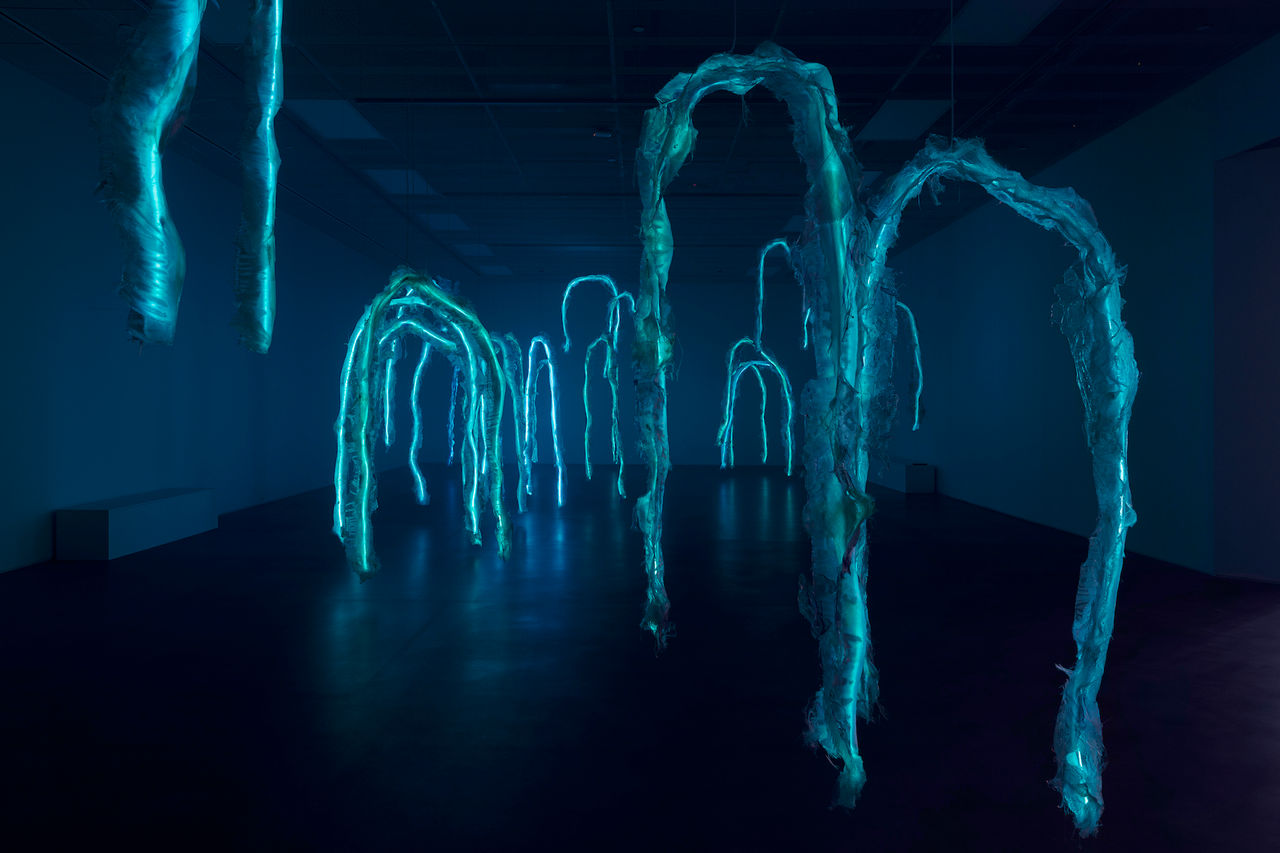
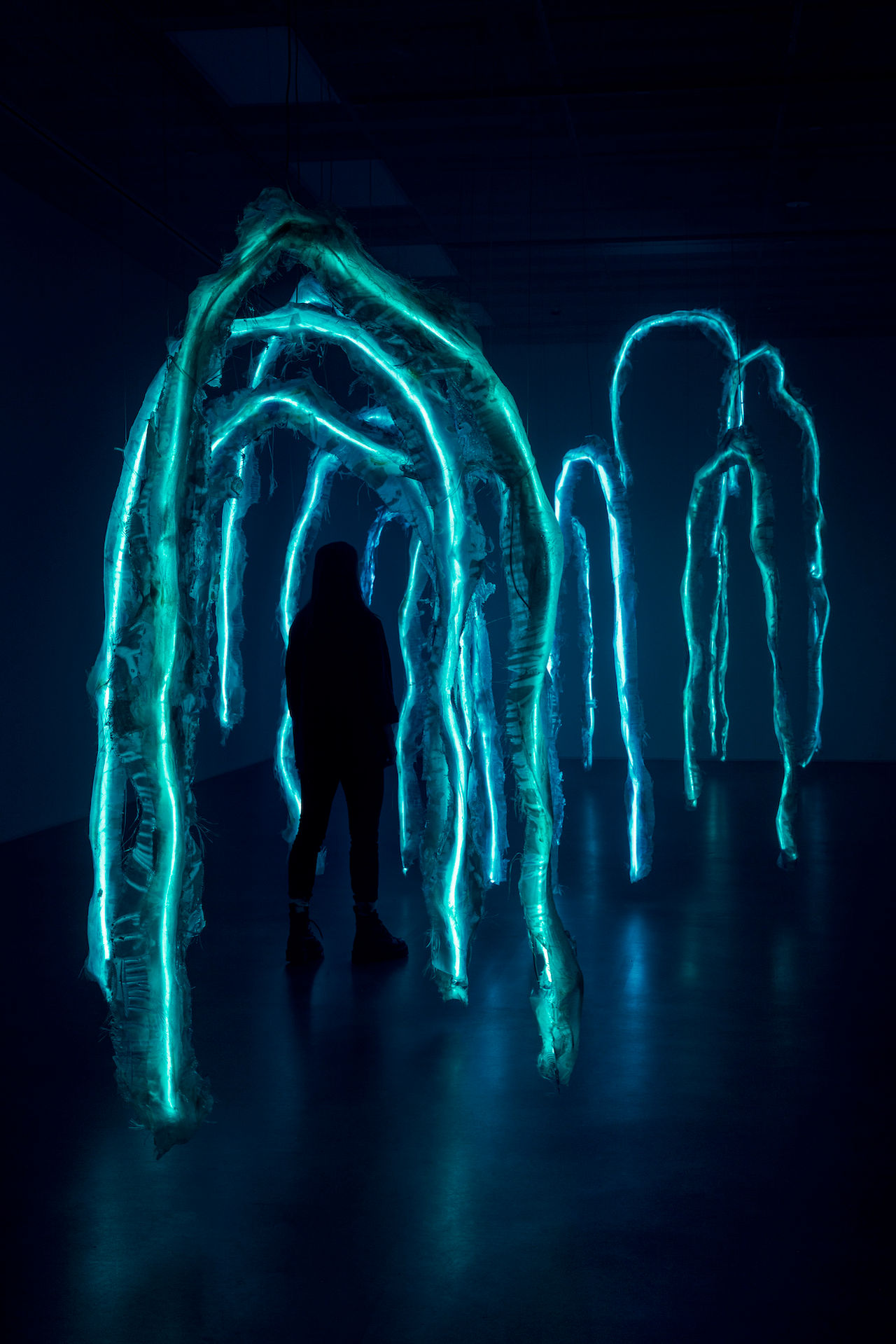

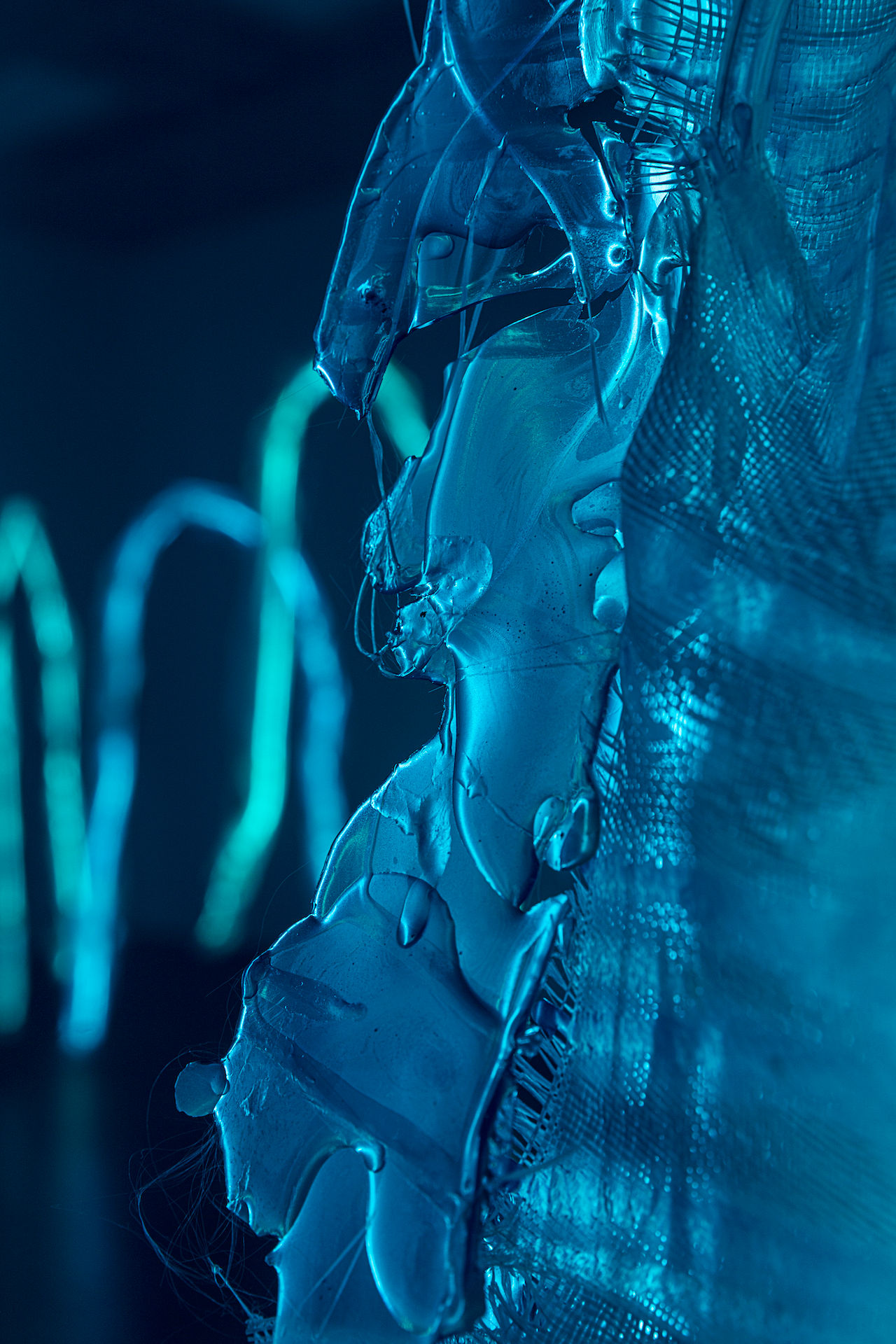
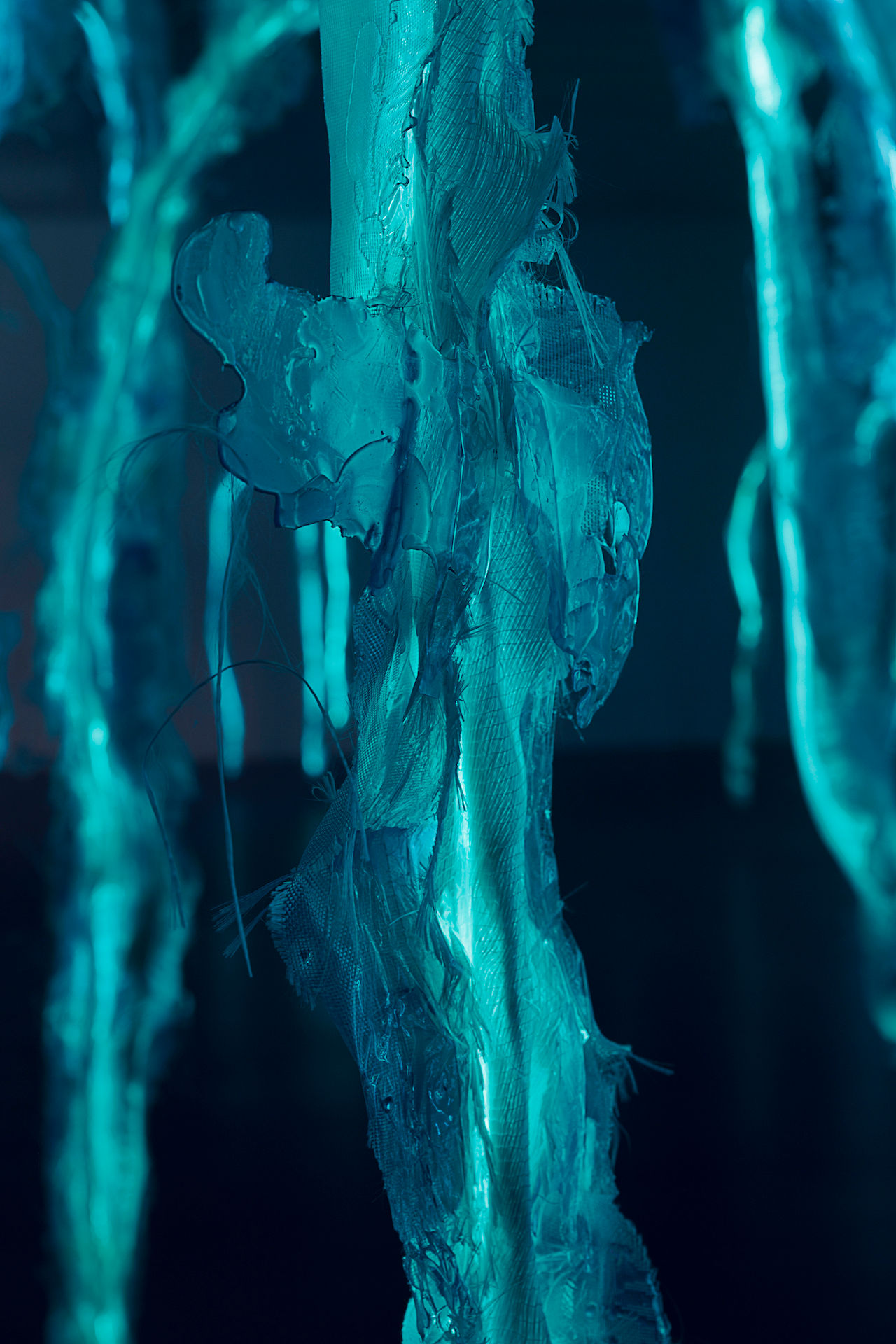
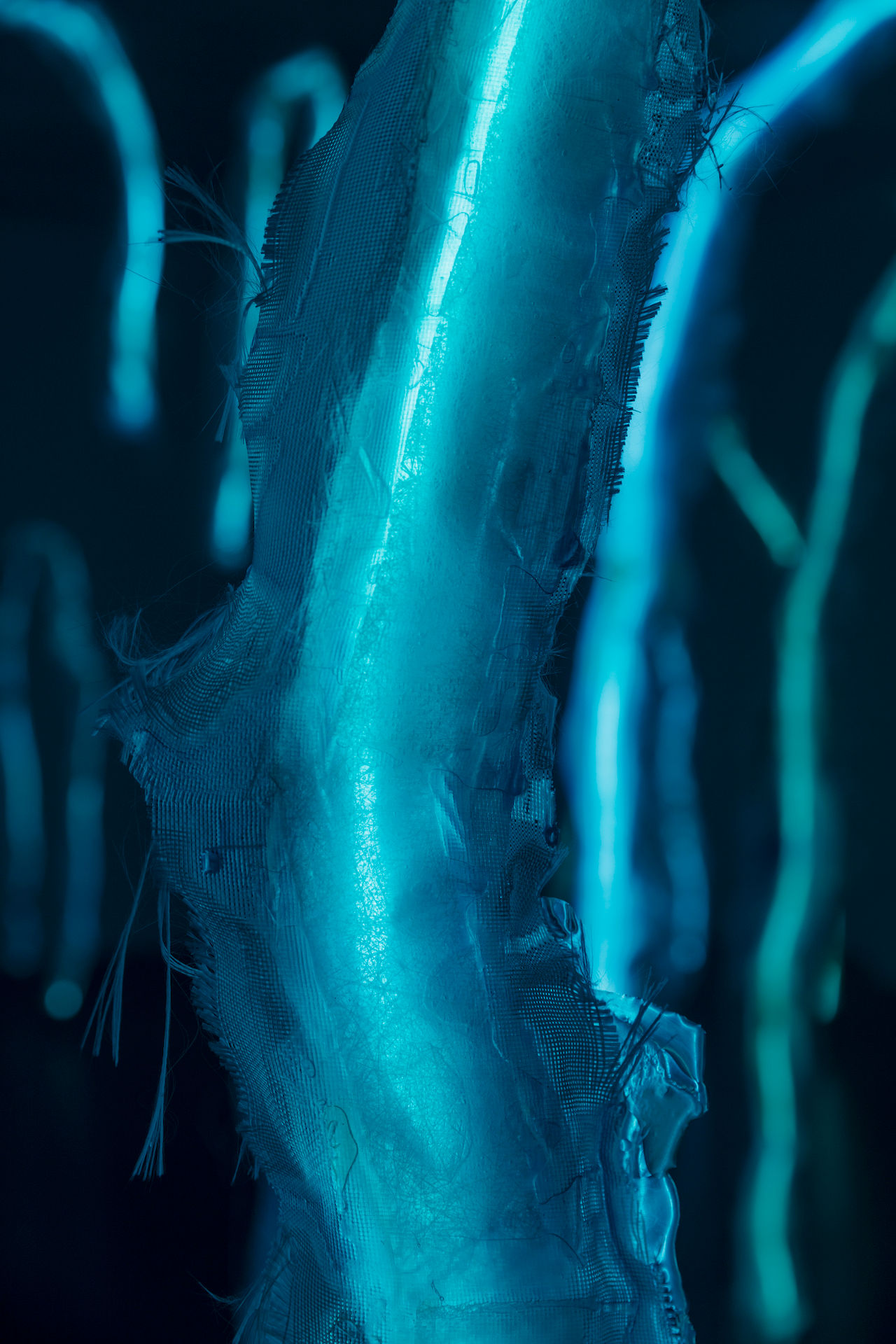
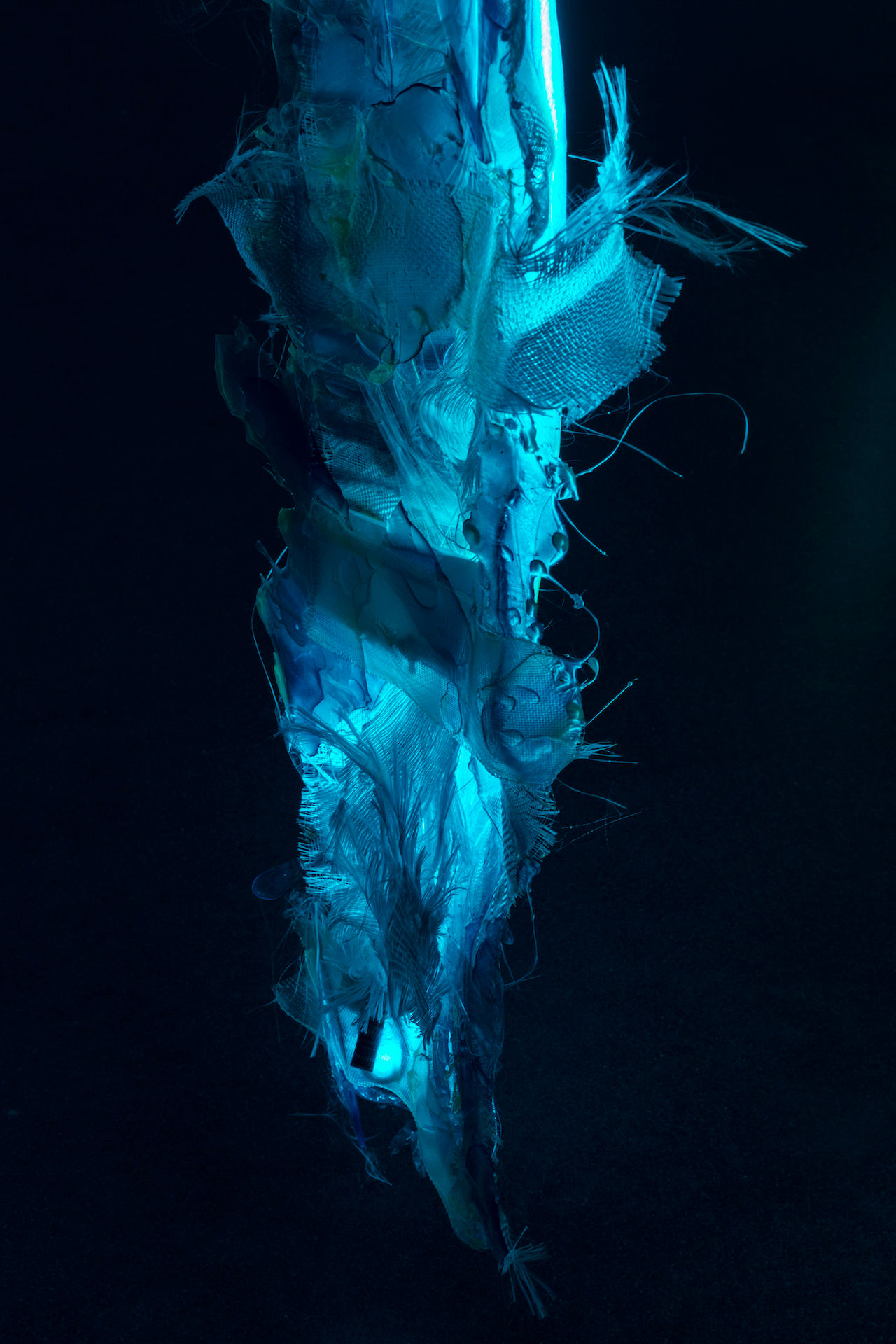

Photo: Kunstdok/Tor Simen Ulstein/Nitja senter for samtidskunst.

Photo: Kunstdok/Tor Simen Ulstein/Nitja senter for samtidskunst.

Photo: Kunstdok/Tor Simen Ulstein/Nitja senter for samtidskunst.

Photo: Kunstdok/Tor Simen Ulstein/Nitja senter for samtidskunst.

Photo: Kunstdok/Tor Simen Ulstein/Nitja senter for samtidskunst.

Photo: Kunstdok/Tor Simen Ulstein/Nitja senter for samtidskunst.

Photo: Kunstdok/Tor Simen Ulstein/Nitja senter for samtidskunst.

Photo: Kunstdok/Tor Simen Ulstein/Nitja senter for samtidskunst.